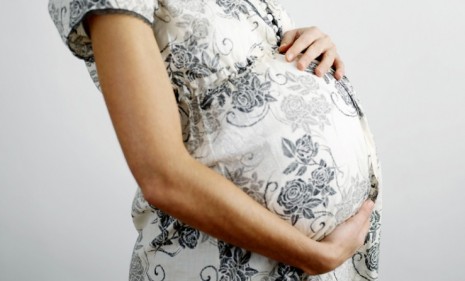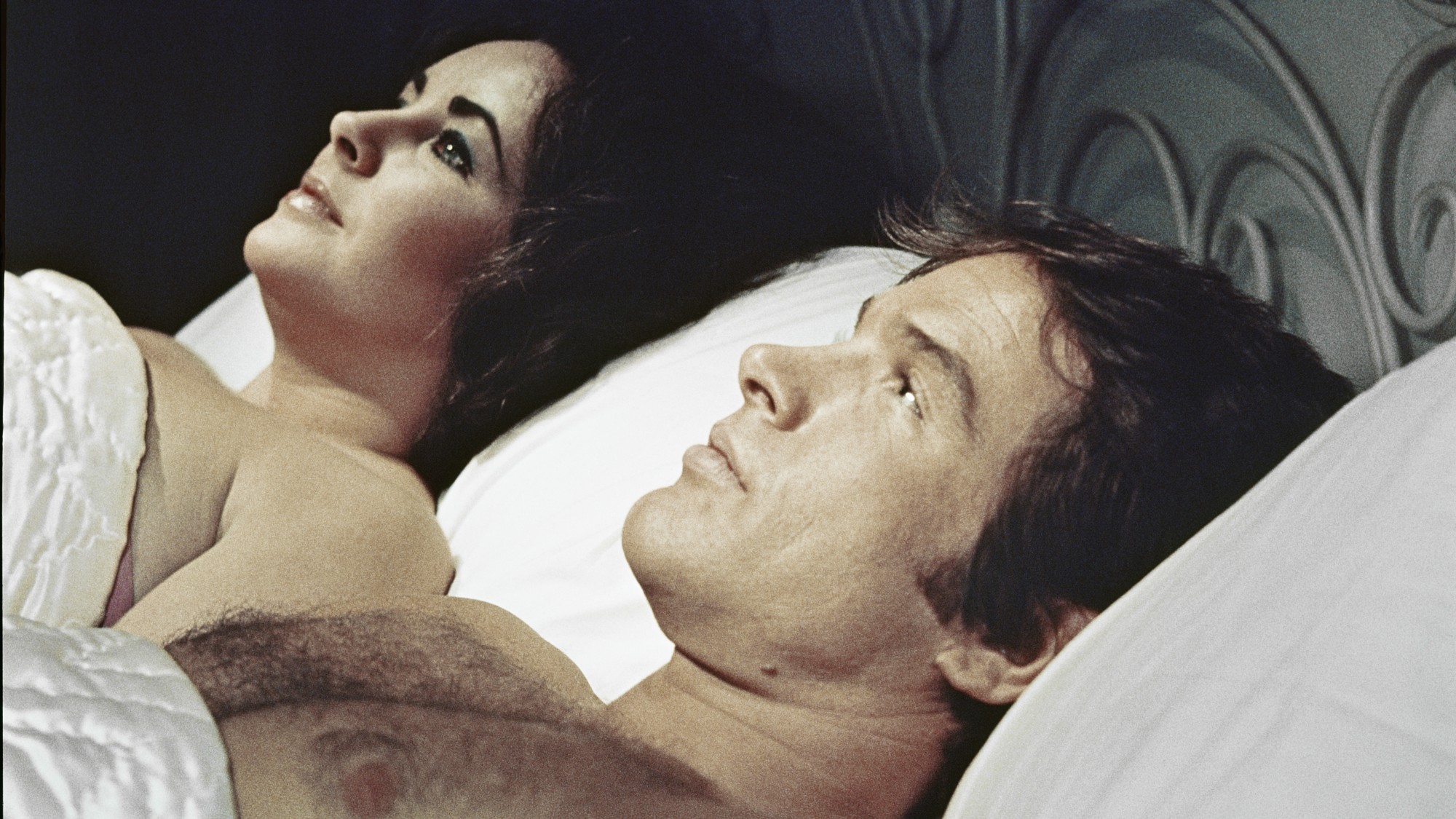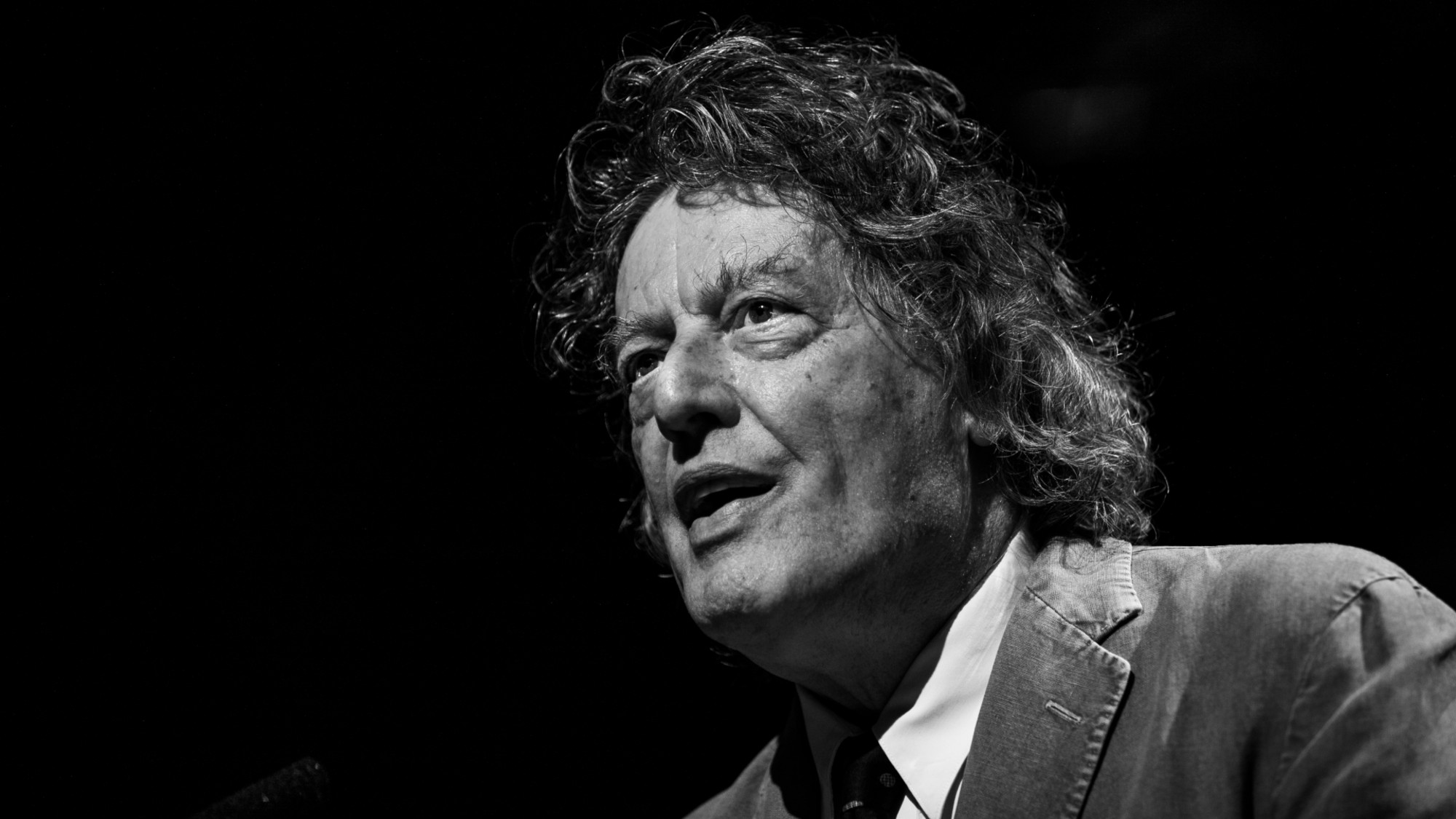The daughter who's getting her mother's womb
Sara Ottosson was born without a uterus, so her 56-year-old mother wants to donate hers for what would be the world's first successful womb transplant

A 56-year-old woman in the U.K. has offered to donate her womb to her infertile daughter in a transplant procedure that, if approved, would make medical history. Here, a guide to the complex procedure:
Who are these women?
Eva Ottosson of Nottingham is the director of a lighting company. Her daughter Sara, 25, can't have children because she was born without a womb.
The Week
Escape your echo chamber. Get the facts behind the news, plus analysis from multiple perspectives.

Sign up for The Week's Free Newsletters
From our morning news briefing to a weekly Good News Newsletter, get the best of The Week delivered directly to your inbox.
From our morning news briefing to a weekly Good News Newsletter, get the best of The Week delivered directly to your inbox.
How would this transplant work?
If the operation is approved, doctors at a Swedish hospital would put Eva Ottosson's womb into her daughter as early as next spring, say Mark Patterson and Martin Evans in The Telegraph. Sara, a biology teacher who lives in Stockholm, would then have her own eggs fertilized using her boyfriend's sperm, and the embryos would be implanted into her new womb. If all goes well, Sara "could become pregnant and carry a child in the same womb from which she herself was born."
Has this ever been done before?
The operation is still experimental. A few mice have been born from transplanted wombs, but there hasn't been much testing on larger animals, such as pigs, rabbits, and monkeys, says Ian Sample in Britain's Guardian. So there are still "serious technical hurdles" to be cleared. It has been tried once in humans. A 26-year-old woman who lost her uterus due to a hemorrhage received a transplant in Saudia Arabia in 2000, but she developed complications and the organ was removed after 99 days.
A free daily email with the biggest news stories of the day – and the best features from TheWeek.com
What are the risks?
As with any major surgery, there are serious risks for both women. And the transplant is even more complicated than transplanting a kidney, liver, or heart, according to Dr. Mats Brannstrom, the head of the surgical team. The biggest hurdles are avoiding hemorrhage and finding long enough blood vessels to connect the womb. "You are also working deep down in the pelvis area, and it is like working in a funnel," Brannstrom says, as quoted by The Telegraph. "It is not like working with a kidney, which is really accessible."
Is Sara bothered by the idea of carrying a child in the womb she was carried in?
Both mother and daughter have "brushed off questions about the implications of the operation," says Stephen Spencer Davis at Slate. "My daughter and I are both very rational people, and we both think 'it's just a womb,'" says the mother, as quoted by The Telegraph. "She needs it more than me. I've had two daughters, so it's served me well."
What if the surgery doesn't work?
Sara says that if the transplant fails, she and her boyfriend will look to adopt a baby.
Sources: The Guardian, Slate, The Telegraph
-
 How coupling up became cringe
How coupling up became cringeTalking Point For some younger women, going out with a man – or worse, marrying one – is distinctly uncool
-
 The rapid-fire brilliance of Tom Stoppard
The rapid-fire brilliance of Tom StoppardIn the Spotlight The 88-year-old was a playwright of dazzling wit and complex ideas
-
 How your household budget could look in 2026
How your household budget could look in 2026The Explainer The government is trying to balance the nation’s books but energy bills and the cost of food could impact your finances